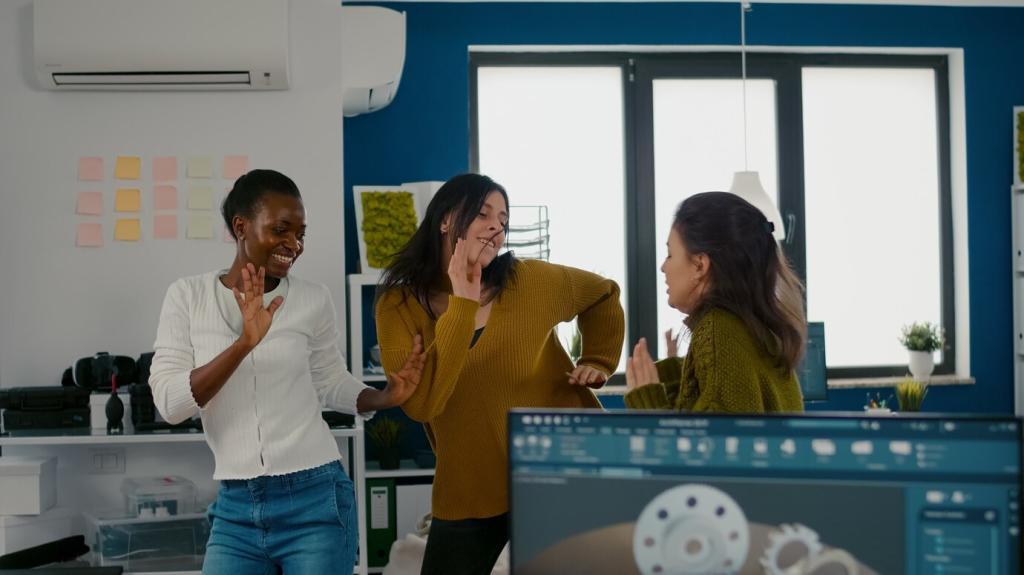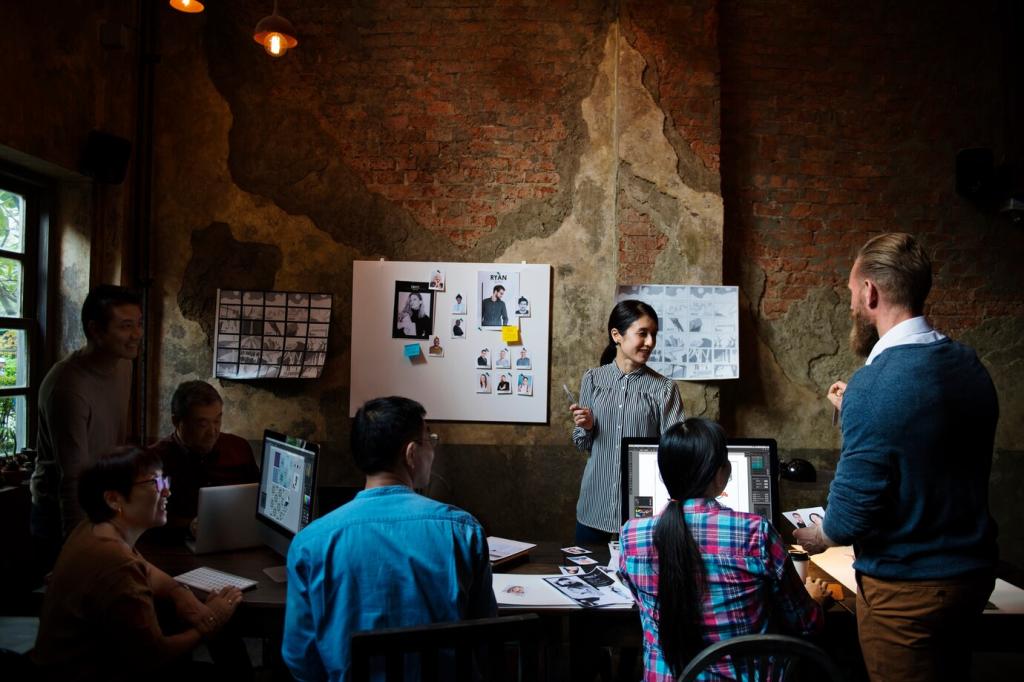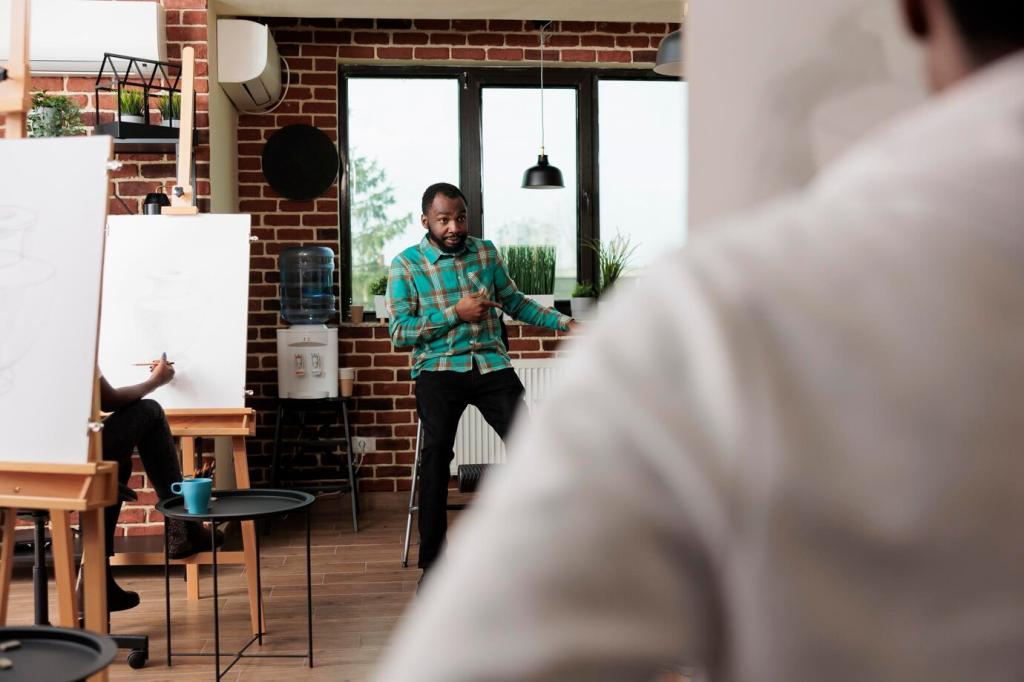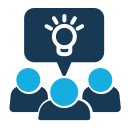Creative Problem-Solving Techniques: Turn Obstacles into Opportunities
Chosen theme: Creative Problem-Solving Techniques. Welcome to a space where stubborn problems meet fresh thinking, experiments feel playful, and bold ideas become practical wins. Join the conversation, share your challenges, and subscribe for weekly sparks of ingenuity.

Foundations of Creative Problem-Solving
Great solutions begin with better questions. Replace “How do I fix this?” with “What is truly happening?” and “Who benefits?” This curiosity-led diagnosis often reveals hidden constraints and unexpected leverage points.


Foundations of Creative Problem-Solving
Divergent thinking explores many possibilities; convergent thinking selects the most promising. Time-box brainstorming, then switch to evaluation. This rhythm prevents perfectionism early and decision paralysis later, producing surprising options and confident choices.
Design Thinking in Action
Interview users, observe behavior, and map emotional highs and lows. A startup improved onboarding simply by noticing silence during setup. The fix was a guided checklist that halved confusion and doubled activation.

Design Thinking in Action
Build the smallest artifact that answers a crucial question: sketch, clickable mock, or role-play. A scrappy prototype invites feedback without ego, saving months of effort chasing unproven assumptions.
Lateral Thinking Tools
Introduce a provocative statement or random word, then connect it to the problem. “What if customers paid us to wait?” sparked a loyalty queue game that reduced perceived wait time dramatically.
Lateral Thinking Tools
Cycle through hats: facts, feelings, cautions, benefits, creativity, and process. This collective lens-shifting prevents dominance by loud voices and surfaces balanced, inventive possibilities the group would otherwise overlook.


Collaborative Creativity and Team Dynamics
Have everyone write ideas silently before discussion. This levels introvert–extrovert dynamics and increases originality. A product squad tripled unique concepts by brainwriting first, then clustering themes together.




Hypothesis-Driven Experiments
Write clear hypotheses and success thresholds before testing. A team predicted a 10% signup lift from new copy; results showed 3%. Insight mattered more than vanity gains, guiding a better redesign.

A/B Testing Without Overfitting
Run tests long enough, segment carefully, and confirm with a second metric. This guards against random noise, ensuring your creative change truly drives meaningful, repeatable outcomes.

Decision Journals for Learning
Log why you chose an option, predicted outcomes, and risks. Review monthly. Pattern awareness sharpens intuition and elevates future creative decisions under uncertainty.


Personal Habits That Spark Ideas
Great ideas often appear after release. Walks without podcasts, showers, or quiet commutes invite associative thinking. Keep a pocket notebook to catch sparks before they vanish into the day’s noise.
Personal Habits That Spark Ideas
Curate diverse inputs: art, science, history, and field interviews. Store fragments in an “idea kitchen” document, then combine them into surprising recipes when a tricky problem needs seasoning.
